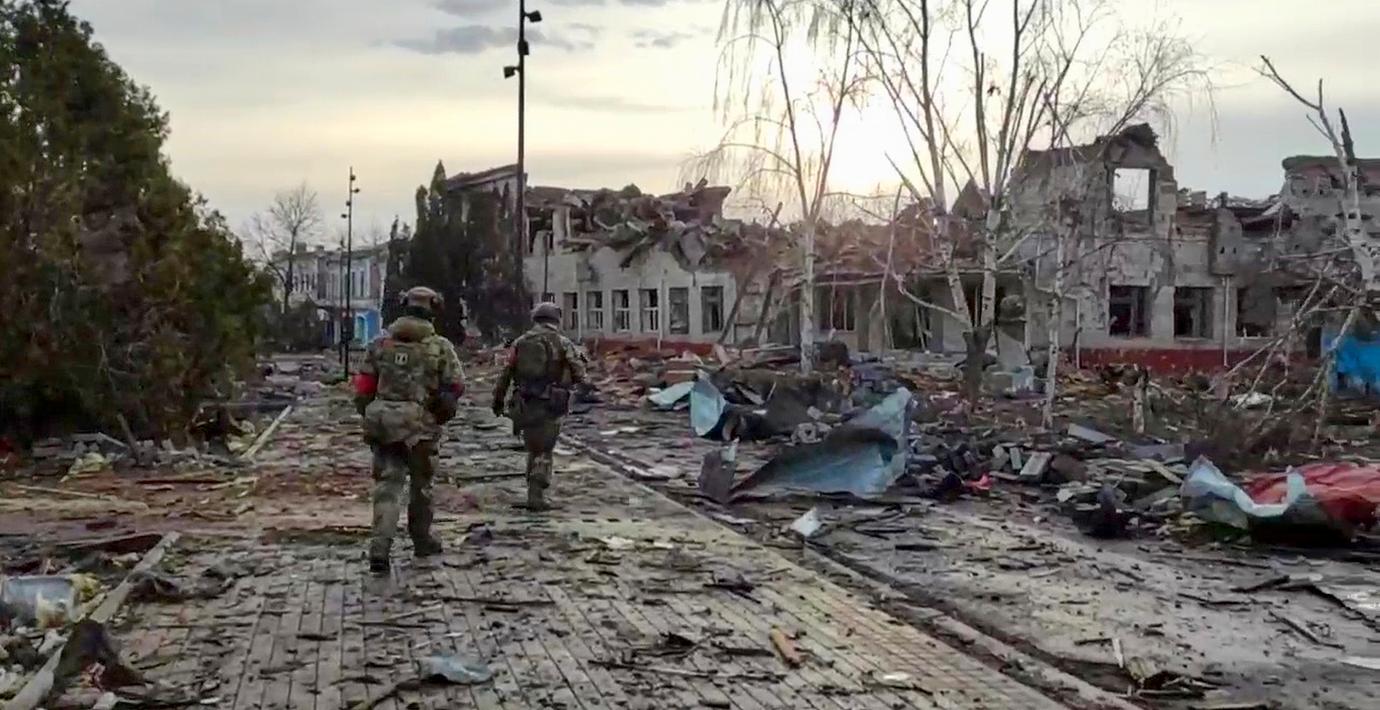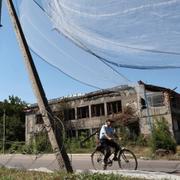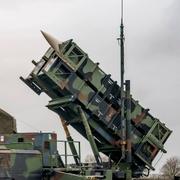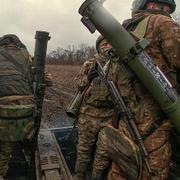
Rapport: Ukraina nästan utkört ur Kurskregionen
Under mars månad minskade det ukrainskkontrollerade området i ryska Kursk från 400 till 80 kvadratkilometer, visar AFP:s analys av data från tankesmedjan ISW.
Totalt kontrollerar nu Ukraina sex procent av det territorium man hade när offensiven gick som bäst. Offensiven inleddes i augusti i fjol, och inom två veckor hade Ukraina intagit runt 1 300 kvadratkilometer.
Samtidigt har den ryska offensiven i östra Ukraina saktat ner för fjärde månaden i rad. I mars intog Ryssland 240 kvadratkilometer ukrainsk mark.
bakgrund
Kurskoffensiven
Wikipedia (en)
On 6 August 2024, during the Russian invasion of Ukraine, part of the Russo-Ukrainian War, the Armed Forces of Ukraine launched an incursion into Russia's Kursk Oblast and clashed with the Russian Armed Forces and Russian border guard. A state of emergency was declared in Kursk Oblast, and Russian reserves were rushed to the area. By the end of the first week, the Ukrainian military said it had captured 1,000 km2 (390 sq mi) of Russian territory, while Russian authorities acknowledged that Ukraine had captured 28 settlements. This was the first military occupation of Russian territory by another sovereign nation since World War II.
By early October, the Ukrainian advance had stalled. From November, North Korean forces were sent to the province to support the Russian military. By the end of that month, Russian forces recaptured around half of the territory Ukraine had occupied. By 11 March 2025, most of the Ukrainian forces appeared to have retreated as a result of a Russian counterattack. Russian troops entered Sudzha, the largest settlement to have come under Ukrainian control, the next day.
Ukrainian officials said the goals of the operation included inflicting damage on Russia's military, capturing Russian troops, pushing Russian artillery further out of range, hindering Russian supply lines and diverting their forces from other fronts. It also aimed to put pressure on the Russian government and force it into "fair" peace negotiations. By the end of August, the operation began to be criticized for diverting Ukrainian forces from the east, stretching Ukraine's personnel along the front and allowing Russia to advance toward Pokrovsk. The Institute for the Study of War reported that Russia had moved forces from "lower-priority" areas, but not from Donetsk Oblast. Western analysts differed in their assessment of the outcome of the offensive, with defence researcher Marina Miron viewing it as a strategic failure for Ukraine, Markus Reisner taking the view that a correct assessment of the battle could only be given after the total withdrawal of Ukrainian forces from Kursk to determine the losses incurred, and former military advisor Nico Lange viewing it as a success.{{
The Kursk offensive surprised both Russia and Ukraine's allies. It is the most significant attack across the border since the 2022 Russian invasion of Ukraine, and the first carried out primarily by Ukrainian regular forces. Earlier smaller incursions into Russia by pro-Ukrainian forces had taken place with Ukraine supporting them but denying explicit involvement.
Omni är politiskt obundna och oberoende. Vi strävar efter att ge fler perspektiv på nyheterna. Har du frågor eller synpunkter kring vår rapportering? Kontakta redaktionen



